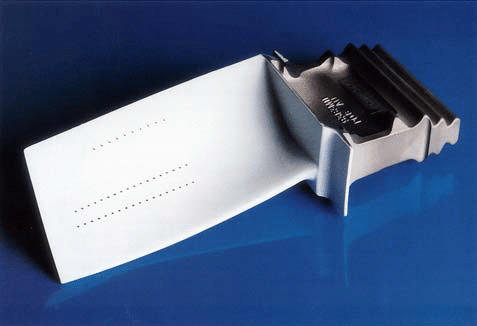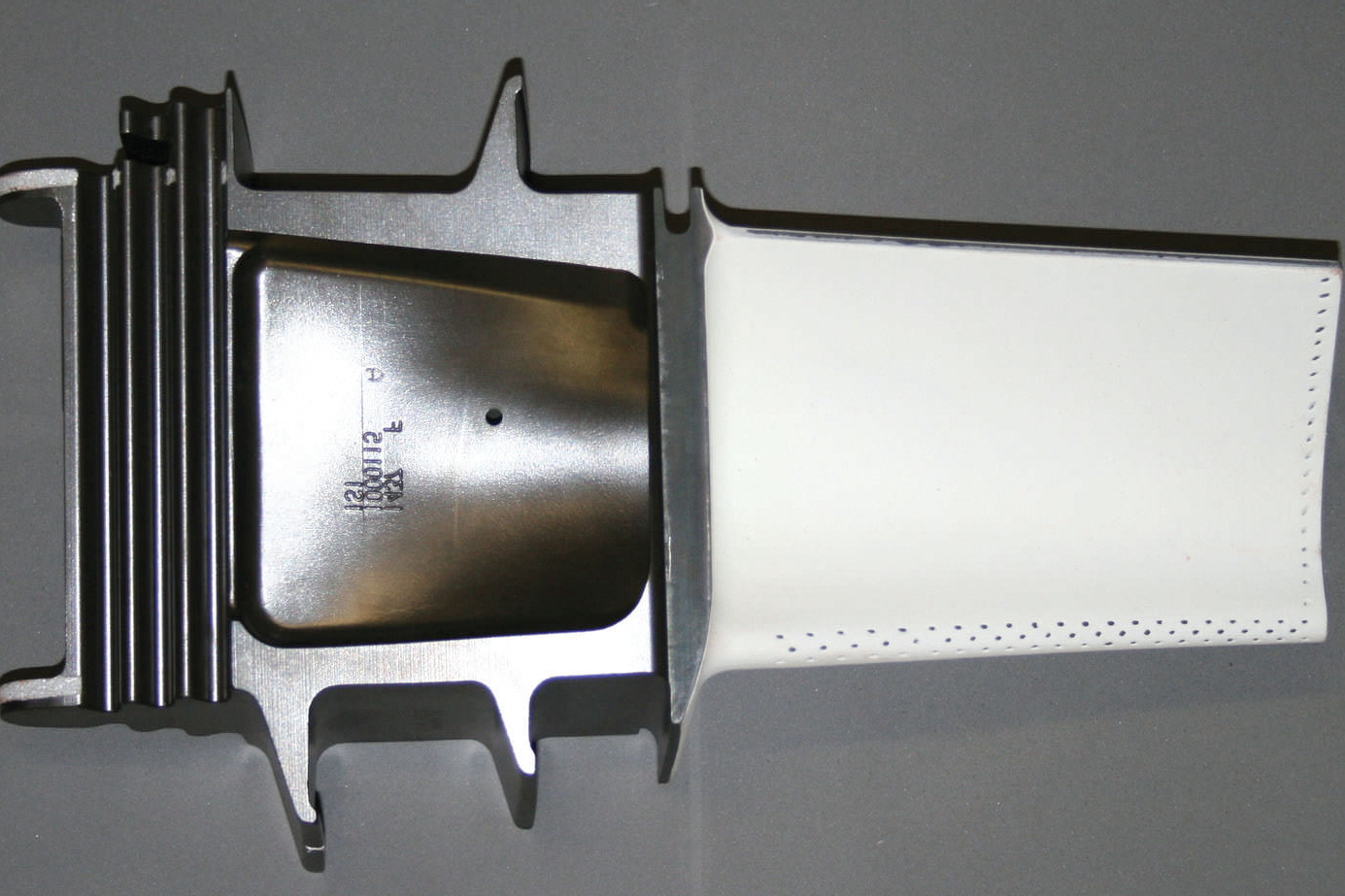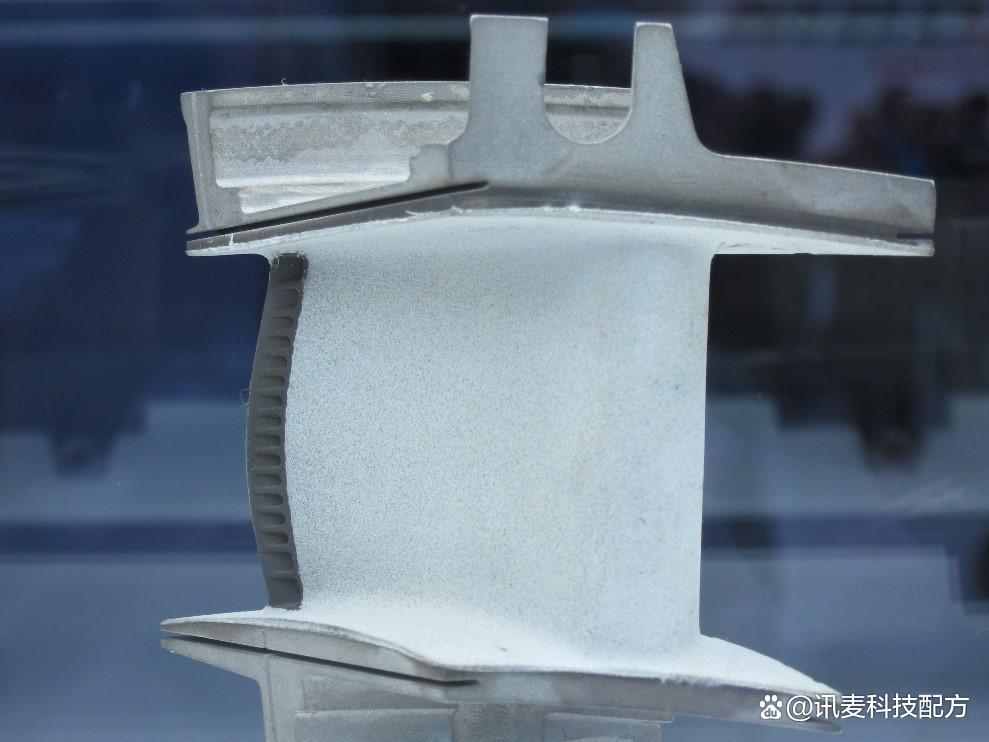Can TBC cover complex shapes effectively?
Can TBC Cover Complex Shapes Effectively?
Challenges with Complex Geometries
Thermal Barrier Coatings (TBCs) are traditionally applied using line-of-sight methods such as air plasma spray (APS) or electron beam physical vapor deposition (EB-PVD), which makes it difficult to uniformly coat intricate surfaces. Components with internal channels, undercuts, or lattice structures—common in Powder Bed Fusion and Titanium 3D Printing—pose challenges in achieving consistent thickness and complete coverage.
Engineering Solutions for Complex Coverage
To address these limitations, TBC systems use several strategies:
Robotic spray arms and multi-axis positioning allow precise manipulation of the part during coating, ensuring better reach across curved or recessed features.
Rotating or oscillating fixtures help maintain uniform spray angles around turbine blades, vanes, and heat shields.
Hybrid techniques such as suspension plasma spray (SPS) and solution precursor plasma spray (SPPS) enable finer control and improved coverage in porous or narrow structures.
These methods enhance coverage for parts like Inconel 625 nozzles, Tool Steel H13 dies, and Ceramic 3D Printed shielding components.
When Coating Internal Surfaces Is Not Feasible
For extremely complex internal features or non-line-of-sight zones, it may be more practical to print the part using inherently heat-resistant materials such as Zirconia or Alumina, eliminating the need for post-applied TBCs.
In some cases, thermal-resistant inserts or modular assemblies allow for partial coating where full coverage is impractical.
Recommended Services for Complex Shape Coating
Neway delivers optimized solutions for coating intricate 3D printed parts:
3D Printing for Advanced Geometries:
Superalloy 3D Printing: For high-temp parts with curved or internal surfaces.
Titanium 3D Printing: For lightweight, structurally complex engine parts.
Ceramic 3D Printing: For parts that don’t require additional coatings.
Surface Treatment and Application Services:
Thermal Barrier Coatings (TBC): For external insulation across complex topologies.
CNC Machining: For preparing uniform surfaces to enhance coating adhesion.
Heat Treatment: For improving base metal properties before TBC application.



